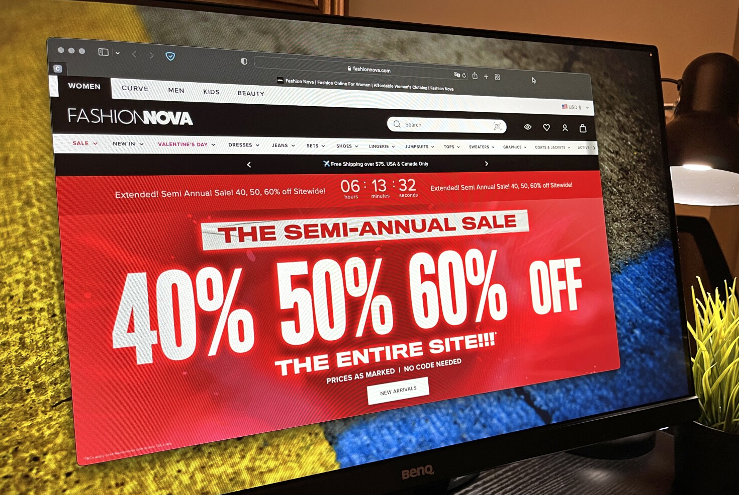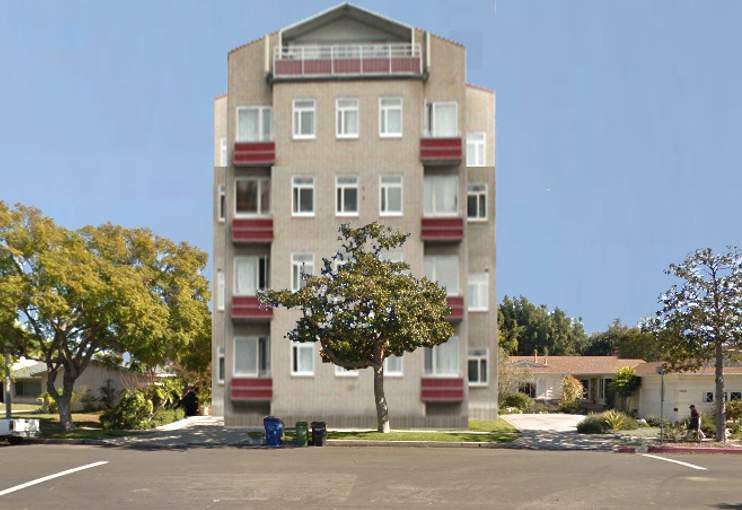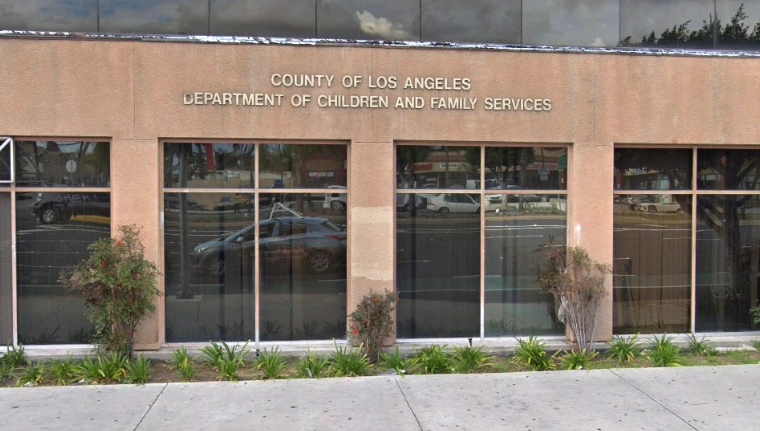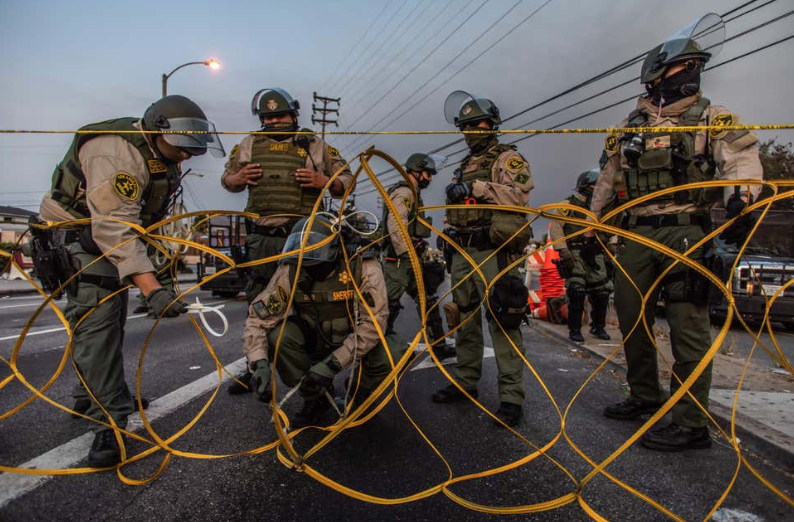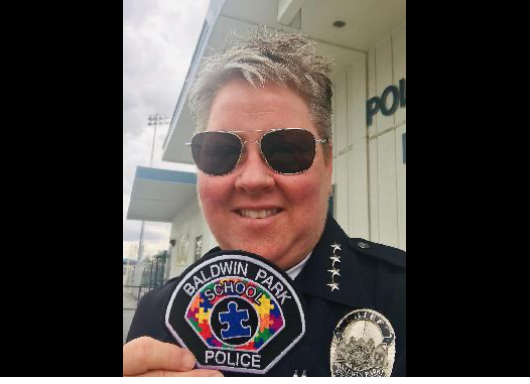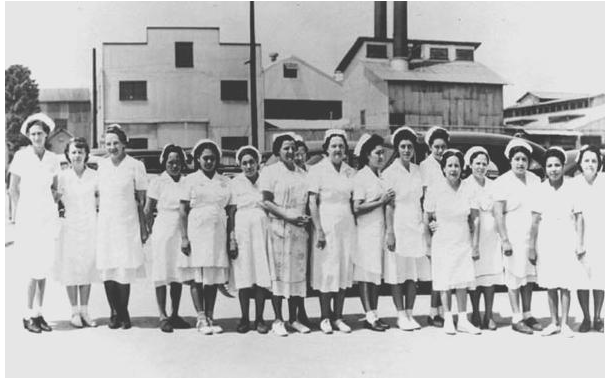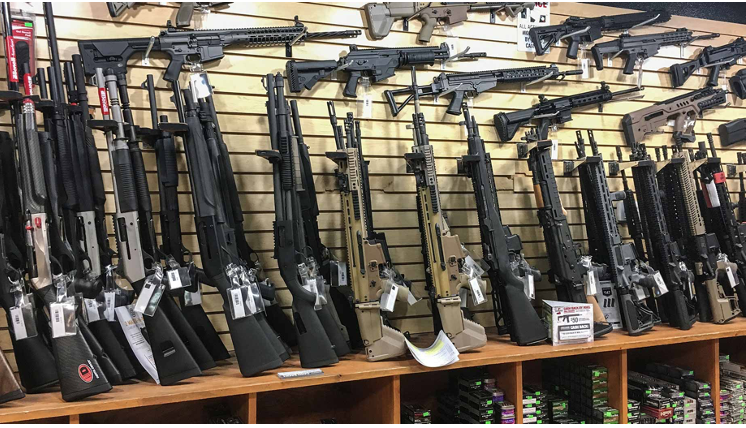SOUTH OF THE 10 - Los Angeles City Attorney Mike Feuer announced on Tuesday, Dec. 28, that a court ruled in favor of the city in a lawsuit aimed at overturning a plan for the construction of up to 6,000 new apartment and condominium units within a half-mile of five Metro Expo Line stations.
“We urgently need more housing and we should put it close to public transit to reduce traffic congestion. This victory is an essential step in dramatically reimagining how Angelenos live, work, shop and play.” Feuer said.
Los Angeles Superior Court Judge Mary Strobel ruled in favor of the city on Dec. 17.
The lawsuit was filed in October 2018 by Fix The City, a Westside nonprofit that argued the city’s current infrastructure couldn’t support the new units and jobs in the planned Exposition Corridor Transit Neighborhood Plan.
In its complaint, the group argued that residents already experience “overburdened and inadequate infrastructure and public services, including public safety services.”
The court’s ruling in Los Angeles’ favor will allow for the building of increased housing and the creation of pedestrian friendly streets within half a mile of the Westside Metro train stations, including the Expo/Bundy Station and the Expo/Sepulveda Station, as well as in Westwood, Palms and Culver City, according to the city attorney.
In an effort to encourage Angelenos to live and work near transit hubs, the Exposition Corridor Transit Neighborhood Plan will allow for 6,000 new apartments, with a portion set aside as affordable for low-income renters. Feurer said it will also facilitate the creation of up to 14,000 jobs along the Expo Line.
“L.A.’s future is closely tied to creating more transit-oriented development as we tackle our housing crisis and L.A.’s crushing traffic congestion,” Feuer said Tuesday.
The city’s defense in the lawsuit was managed by Deputy City Attorneys John Fox and Morgan Hector.
(2UrbanGirls contributed to this article. 2UrbanGirls has been cited in CityWatchLA, Compton Herald, Daily Breeze, Daily News, Inglewood Today, Intersections South LA, KCRW, KPCC, Los Angeles Times, LA Weekly, LA Watts Times, Mercury News, Orange County Register and The Atlantic.)

